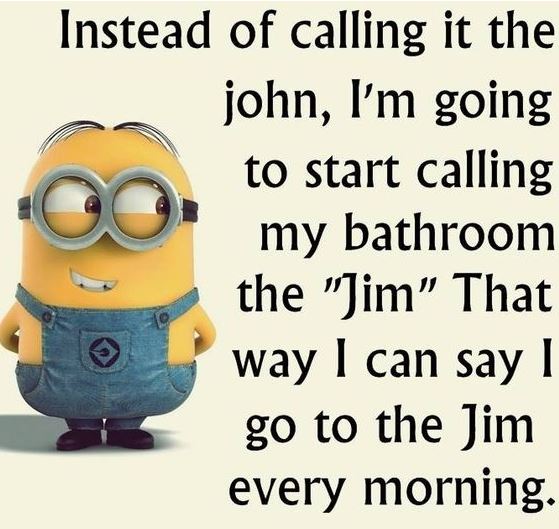Residential Plumbing: A Comprehensive Guide to Keeping Your Home Flowing Smoothly
Table of Contents
- Introduction
- Understanding Residential Plumbing Systems
- 2.1 The Water Supply System
- 2.2 The Drainage System
- Common Residential Plumbing Issues
- 3.1 Leaky Faucets and Pipes
- 3.2 Clogged Drains
- 3.3 Running Toilets
- DIY Plumbing Repairs
- 4.1 Fixing a Leaky Faucet
- 4.2 Unclogging Drains with Household Items
- When to Call a Professional Plumber
- 5.1 Signs of a Major Plumbing Issue
- 5.2 Finding a Reliable Plumber
- Preventative Maintenance Tips
- 6.1 Regular Inspections
- 6.2 Proper Disposal Practices
- 6.3 Winterizing Your Plumbing
- Upgrading Your Plumbing System
- 7.1 Energy-Efficient Fixtures
- 7.2 Water Heater Upgrades
- Conclusion
- Frequently Asked Questions
Introduction
Residential plumbing is an essential but often overlooked aspect of our homes. A well-maintained plumbing system ensures a steady supply of clean water and the efficient removal of wastewater. In this comprehensive guide, we will explore residential plumbing, common issues homeowners face, DIY repairs, when to call a professional plumber, preventative maintenance tips, and how to upgrade your plumbing system for efficiency and sustainability.
Understanding Residential Plumbing Systems
2.1 The Water Supply System
Your home’s water supply system is responsible for delivering fresh water to various fixtures, including faucets, showers, and appliances. It typically consists of a main water line, pipes, valves, and a water meter. Regularly inspect for leaks or corrosion to prevent water wastage.
2.2 The Drainage System
The drainage system, on the other hand, ensures the proper disposal of wastewater. It includes pipes, drains, and sewer lines. Be vigilant about clogs and blockages to avoid backups and potential damage to your home.
Common Residential Plumbing Issues
3.1 Leaky Faucets and Pipes
Leaky faucets and pipes not only waste water but can also lead to water damage in your home. Learn how to fix a leaky faucet with some basic tools and materials. Identifying and addressing pipe leaks promptly is crucial to prevent further damage.
3.2 Clogged Drains
Clogged drains can cause water to back up in sinks, showers, or toilets. We’ll discuss simple DIY methods to clear minor clogs using household items, and when it’s time to seek professional help for stubborn blockages.
3.3 Running Toilets
A running toilet can waste a significant amount of water. Discover how to diagnose and repair common toilet issues to save on water bills and prevent annoying sounds in your home.
DIY Plumbing Repairs
4.1 Fixing a Leaky Faucet
We’ll provide step-by-step instructions on fixing a leaky faucet, including the tools you’ll need and tips for success. It’s a DIY task that can save you money and water.
4.2 Unclogging Drains with Household Items
Learn how to use simple household items like baking soda and vinegar to clear minor drain clogs. We’ll guide you through the process to avoid chemical drain cleaners.
When to Call a Professional Plumber
5.1 Signs of a Major Plumbing Issue
Certain signs, such as low water pressure, sewage odors, or water stains on walls and ceilings, indicate more significant plumbing problems. We’ll help you recognize these red flags.
5.2 Finding a Reliable Plumber
When you need professional help, it’s essential to find a reputable plumber. We’ll share tips on selecting the right plumber for your needs.
Preventative Maintenance Tips
6.1 Regular Inspections
Regular inspections of your plumbing system can catch issues early. We’ll outline what to look for during these inspections and how often to perform them.
6.2 Proper Disposal Practices
Properly disposing of grease, hair, and other substances can prevent clogs and backups. We’ll offer guidance on responsible disposal practices.
6.3 Winterizing Your Plumbing
Protect your plumbing from freezing temperatures by winterizing your pipes and outdoor faucets. We’ll provide a step-by-step guide to keep your plumbing intact during cold months.
Upgrading Your Plumbing System
7.1 Energy-Efficient Fixtures
Upgrade your plumbing fixtures to energy-efficient options to save water and reduce utility bills. We’ll discuss the benefits of modern fixtures and how to choose the right ones for your home.
7.2 Water Heater Upgrades
A new water heater can improve energy efficiency and provide consistent hot water. We’ll explore different types of water heaters and factors to consider when upgrading.
Conclusion
Maintaining your residential plumbing system is vital for the well-being of your home and your wallet. By understanding the basics, addressing common issues, and performing regular maintenance, you can ensure that your plumbing flows smoothly for years to come.
Frequently Asked Questions
- How can I check for leaks in my plumbing system?
- What are the main causes of drain clogs in residential plumbing?
- When should I replace my water heater?
- Is it safe to use chemical drain cleaners?
- How can I reduce my water consumption at home?
In conclusion, taking care of your residential plumbing is essential for a comfortable and functional home. With the knowledge and tips provided in this guide, you can handle common plumbing issues, know when to call a professional, and even make eco-friendly upgrades to save resources and money. If you have more questions, don’t hesitate to reach out to a trusted plumber for assistance.
Need to contact a plumber then call us in the Wellington Point Area at 0409 364 858 or contact us here
Here are some great posts about plumbing right here.
Tradelink And or Reece’s are a good place to start for fine tapware.

